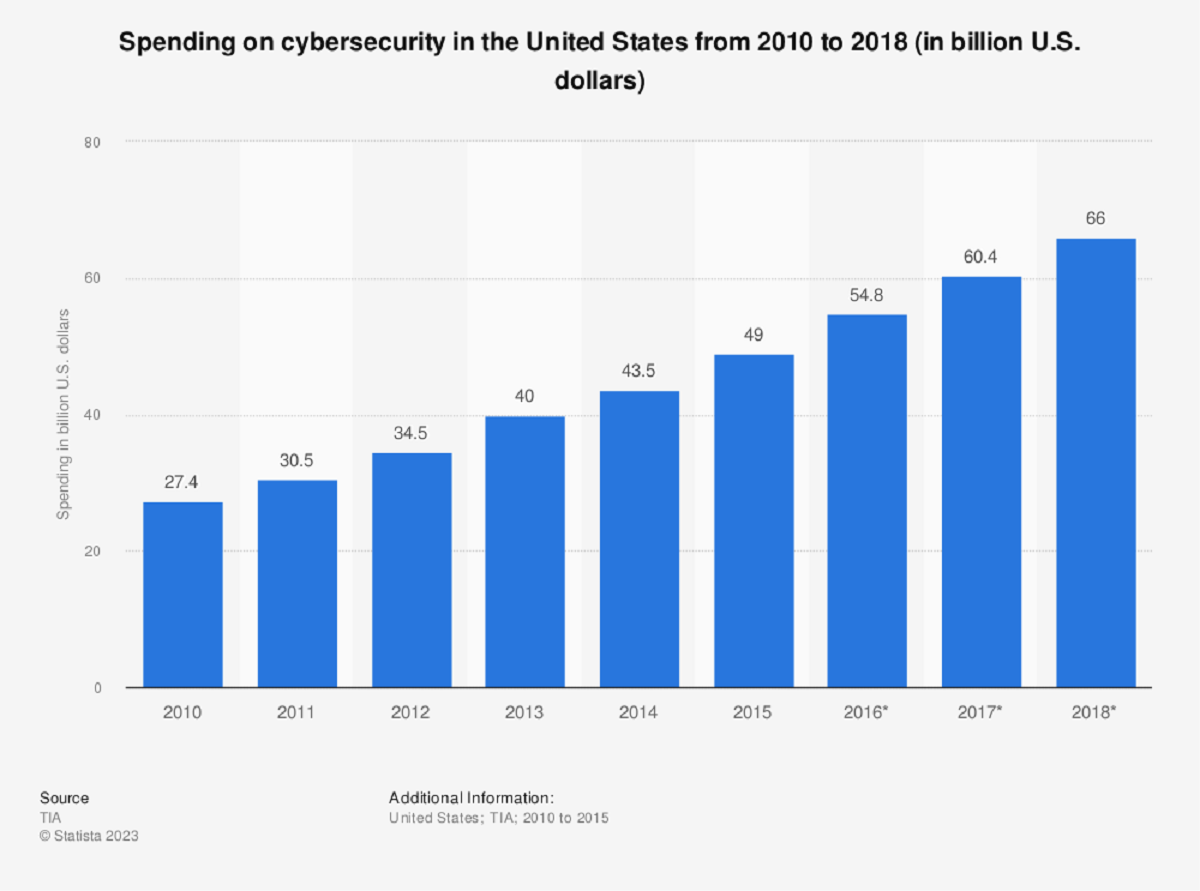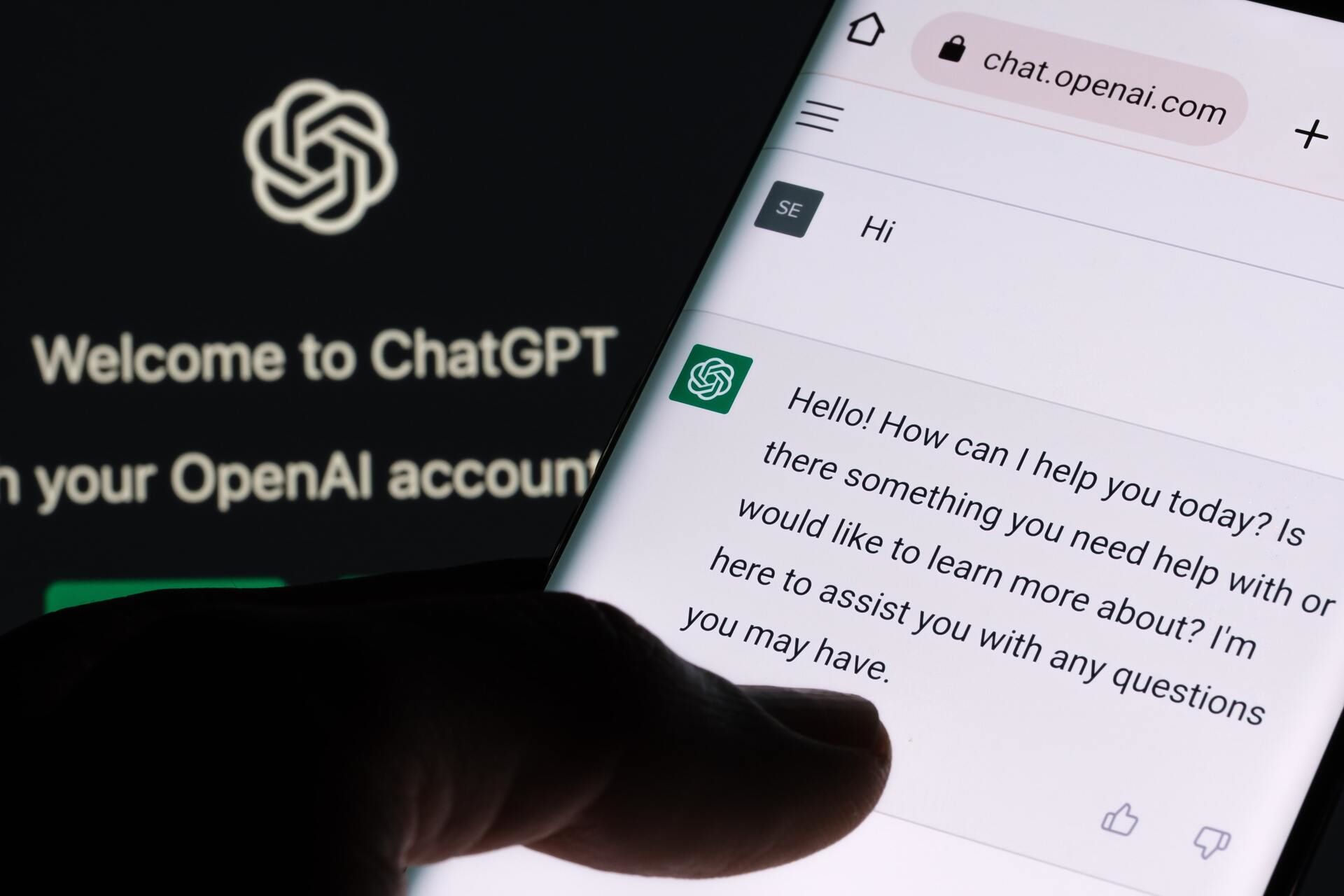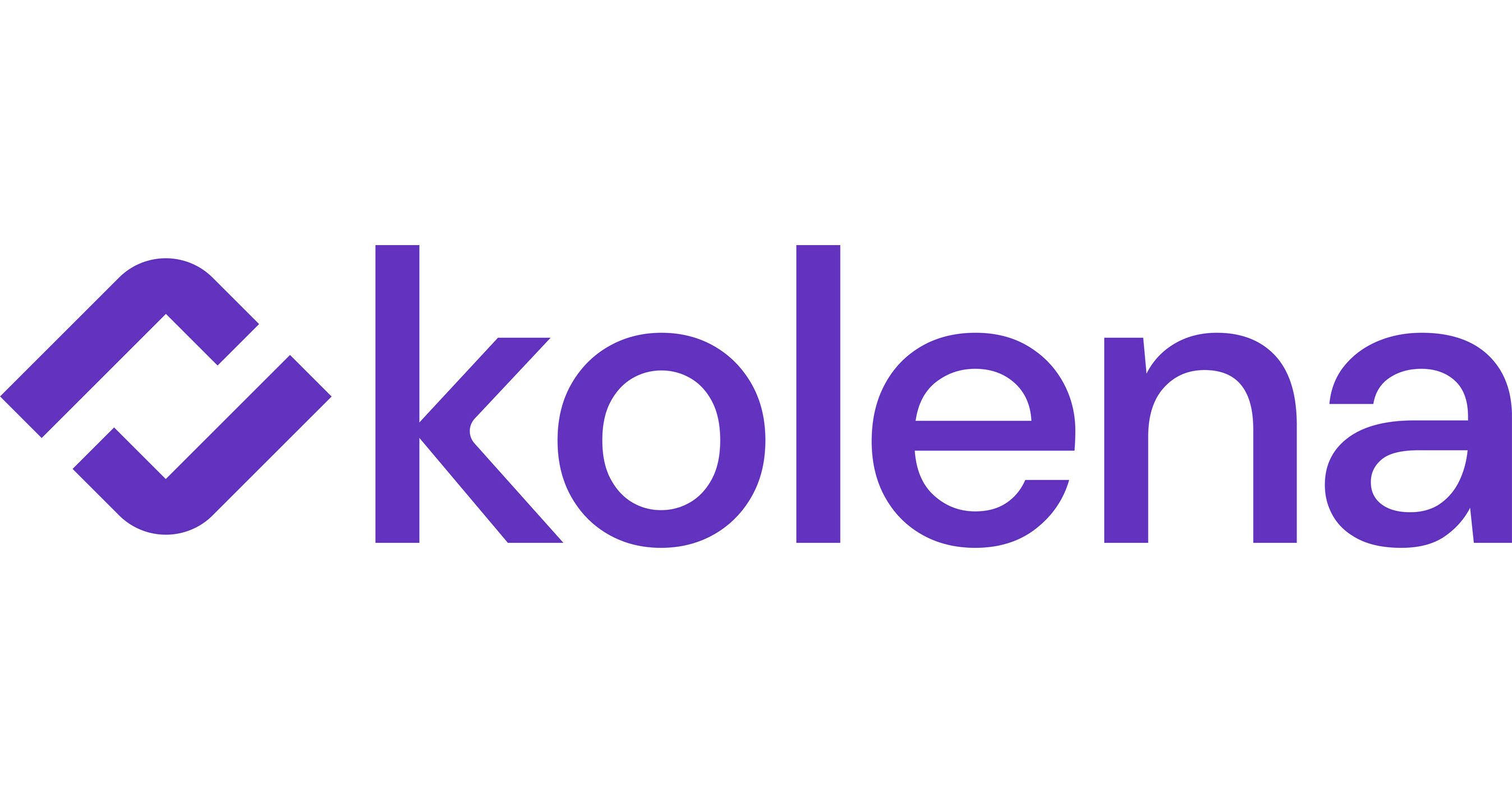Introduction:
As the adoption of artificial intelligence (AI) continues to grow, businesses are exploring the potential of generative AI tools. However, with this new technology comes skepticism and concerns about trustworthiness. In order to gain the confidence of potential customers, generative AI organizations must take proactive measures to build trust. In this article, we will explore four effective ways to demonstrate to customers that they can trust your generative AI enterprise tool.
Key Takeaway
Trust is crucial when it comes to generative AI. By seeking certifications, supporting regulations, setting safety benchmarks, and publishing your journey, you can establish credibility and build trust with your customers.
Seek Certifications and Support Regulations
Earning certifications related to data security and privacy will enhance your credibility and demonstrate your commitment to protecting customer information. While there are currently no specific certifications for generative AI, obtaining adjacent certifications such as SOC2 compliance, ISO/IEC 27001 standard, and GDPR certification will show your dedication to maintaining high standards of data protection.
Additionally, staying updated on data privacy regulations, which may vary regionally, is essential. Understanding and adhering to these regulations will help build trust with potential customers who are concerned about the legality and security of their data.
Collaborate with Regulating Authorities
As a player in the emerging field of generative AI, you have an opportunity to contribute to the development of regulations. Reach out to local politicians and committee members to offer your expertise and collaboration. By actively participating in the regulatory process, you can help shape the industry’s safety standards and demonstrate your commitment to responsible and ethical practices.
Engaging with regulating authorities shows that you are invested in creating guardrails to protect your customers’ interests and prioritize their safety. This proactive approach will foster trust and confidence in your generative AI enterprise tool.
Set Safety Benchmarks and Publish Your Journey
In the absence of official regulations, it is crucial to establish your own safety benchmarks. Create a roadmap with milestones that demonstrate your commitment to ensuring the trustworthiness of your generative AI tool. This could include developing a comprehensive quality assurance framework, implementing robust encryption measures, or conducting rigorous testing.
By transparently showcasing your progress and achievements, you give customers insight into your dedication to delivering a secure and reliable generative AI tool. Publish updates, case studies, and best practices to provide evidence of your continuous efforts to improve safety and build trust.
Foster Ethical and Responsible AI Practices
Ethics and responsible use of AI are paramount to building trust. Communicate your company’s values and principles regarding responsible AI practices. Demonstrate your commitment to avoiding biases, promoting fairness and inclusivity, and respecting user privacy. Engage in ongoing research and development to mitigate potential risks and address the ethical implications of your generative AI tool.
By fostering a culture of ethical and responsible AI practices, you establish yourself as a trustworthy and reliable generative AI organization. Customers will be more inclined to trust your enterprise tool, knowing that it aligns with their values and meets their expectations.
Conclusion:
Building trust is crucial for generative AI organizations to succeed in the market. By seeking certifications, supporting regulations, setting safety benchmarks, and fostering ethical practices, you can establish credibility and instill confidence in potential customers. Transparency, engagement with regulating authorities, and a commitment to responsible AI use will set you apart from competitors and position your generative AI enterprise tool as a reliable and trustworthy solution.

























